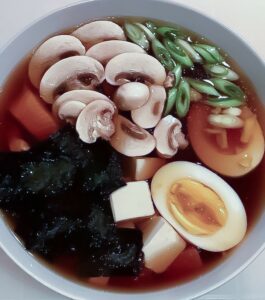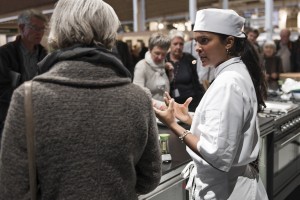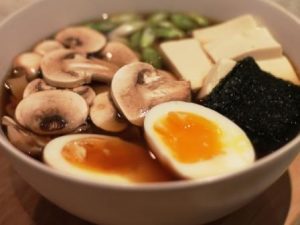
Do you love Japanese noodle soups?
Then you must try a tasty Japanese noodle soup. Not only is it a great tasting meal, but it’s healthy too!
The Japanese noodle soup, also known as ramen, is a popular dish all over the world. And with good reason. It is full of flavour, low in fat and packed with vegetables and meat, which boosts your body.
But the best thing about Japanese noodle soups is that they are a healthy meal. The soup is made from a Japanese stock that is full of vitamins and minerals, add noodles that do not make you feel stuffed and toppings that embrace the whole food pyramid.
And if you are looking for a meal that can help you stay slim, Japanese noodle soups are a great choice.
On the Noodle soup course for beginners, you learn step by step how to make 2 very different healthy noodle soups that are perfect on a cold and wet autumn day.
Now on Sunday 5 November the last noodle soup course of the year will be held, so what are you waiting for?
Come to the course and learn how to make tasty noodle soup course like Japanese chefs in Tokyo.
_
Zoë has held sushi courses and cooking classes for A. P. Moller – Maersk, Hugo Boss Nordic, Novo Nordisk, Novartis, Velux, Gorrissen Federspiel, Beierholm revision, Elbek & Vejrup and many more.




